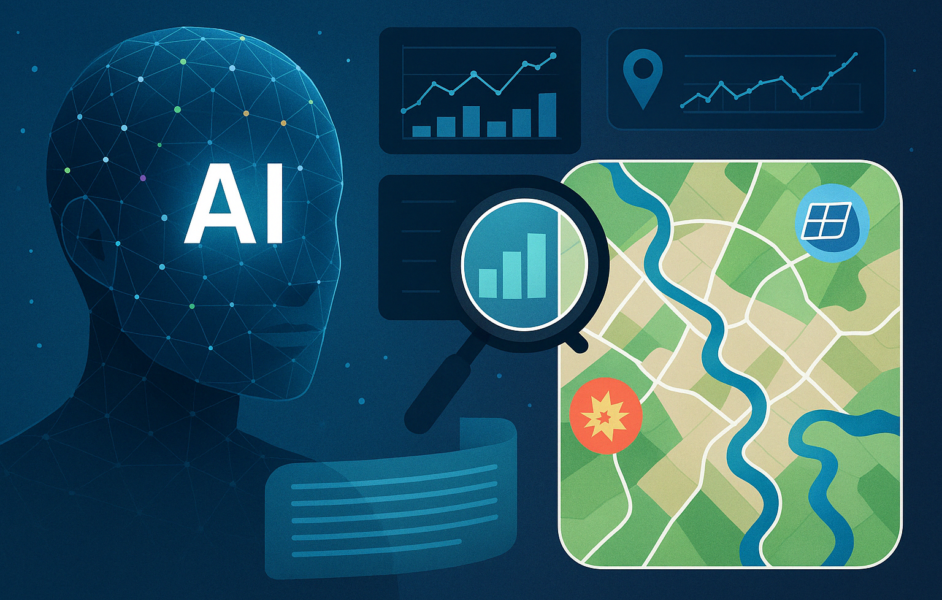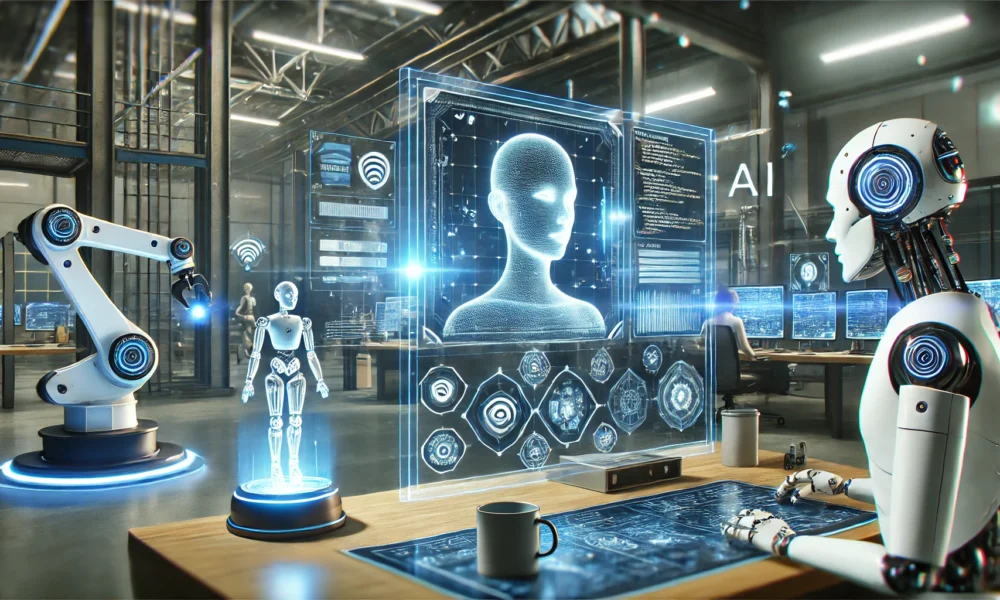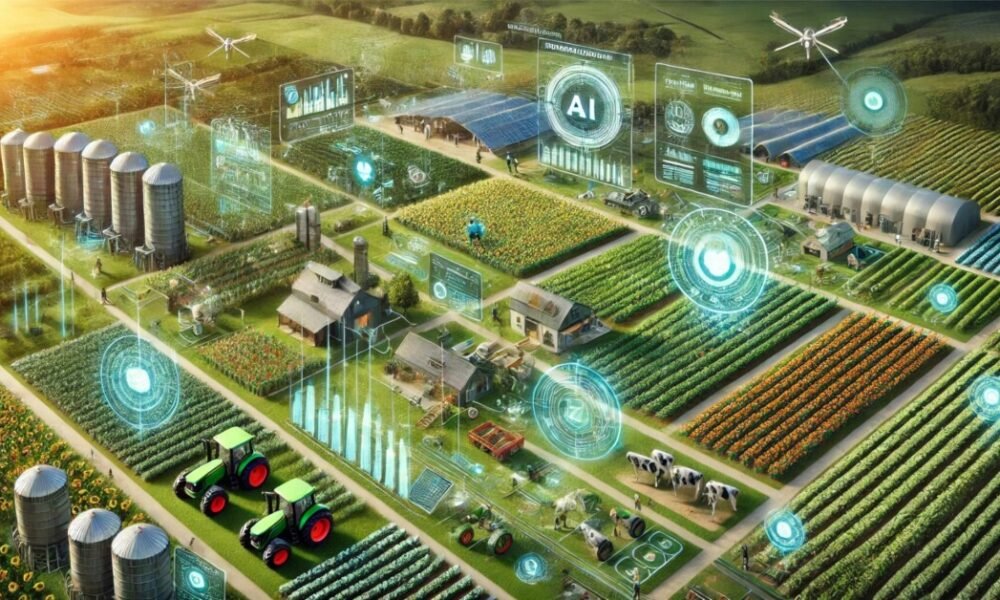Transforming Industries: The Rise of Manus AI in China’s AI Revolution
China has made remarkable strides in Artificial Intelligence (AI) recently, with one standout innovation being Manus AI. Launched in March 2025 by Butterfly Effect and backed by Tencent, Manus aims to revolutionize industries by autonomously automating intricate tasks.
What Defines Manus AI?
Manus AI is an innovative autonomous agent developed by the Chinese startup Butterfly Effect AI. Unlike conventional AI assistants, which often require step-by-step instructions, Manus can manage complex real-world workflows with minimal human supervision. It tackles a variety of tasks—from coding and financial analysis to travel planning and large dataset examination—running seamlessly in the background, even when users are offline.
What truly distinguishes Manus is its ability to deconstruct intricate tasks into structured workflows, executing and adjusting its methods based on user objectives. Employing a multi-model architecture, it integrates cutting-edge language models like Anthropic’s Claude 3.5 Sonnet and Alibaba’s Qwen, along with custom automation scripts. This combination allows Manus to manage diverse data types—text, images, and code—while engaging directly with external tools such as web browsers and APIs, making it an invaluable asset for developers and businesses. With its adaptive learning capabilities, Manus recalls previous interactions and user preferences, enhancing its efficiency and personalization over time.
Understanding Manus AI’s Technical Framework
Manus AI employs a sophisticated architecture that integrates various advanced AI models and orchestration layers for efficient task automation. This comprehensive system coordinates cutting-edge AI technologies, custom tools, and execution environments to effectively manage complex workflows.
Multi-Model Orchestration: The Core of Manus AI
Utilizing a multi-model approach, Manus integrates top Large Language Models (LLMs) like Anthropic’s Claude 3.5 Sonnet and Alibaba’s Qwen. This enables Manus to dynamically select and combine model outputs tailored to each specific task. The orchestration layer serves as a central controller, breaking down complex requests into manageable tasks, assigning them to the most suitable model, and synthesizing the results into a cohesive workflow.
The Innovative CodeAct Paradigm
A revolutionary aspect of Manus is the CodeAct paradigm. Rather than merely generating text responses, Manus creates executable Python code snippets as part of its process. These code actions run in a secure, sandboxed environment, allowing Manus to interact seamlessly with external systems like APIs, web browsers, databases, and other system tools. This evolution transforms Manus from a mere conversational assistant into a proactive digital agent capable of executing real-world tasks.
Autonomous Planning and Memory Functionality
Manus includes an autonomous planning module capable of decomposing high-level goals into sequential steps. It features both short-term and long-term memory, often stored in vector databases, utilizing Retrieval Augmented Generation (RAG) to retain user preferences, past outputs, and relevant documents. This capability ensures Manus maintains accuracy and continuity across diverse sessions and tasks.
Ensuring Security and Compliance
Given its ability to execute code and communicate with external systems, security remains paramount. Manus operates all code actions within isolated, sandboxed environments to avert unauthorized access and potential system breaches. Stringent governance protocols and prompt engineering further ensure compliance with safety standards and user-defined policies.
Cloud-Native Scalability
Manus is designed for cloud-based operations, allowing it to scale horizontally across distributed systems. This architecture enables Manus to serve numerous users and tackle complex tasks simultaneously without degradation in performance, although user feedback indicates that stability during peak usage remains an area for further optimization.
Real-World Use Cases for Manus AI
Manus AI is poised to revolutionize sectors like finance, healthcare, logistics, and software development by automating complex workflows with minimal human input.
In finance, Manus could facilitate risk analysis, fraud detection, and report generation. By processing vast datasets in real-time, it can assist financial analysts in spotting trends and making informed investment decisions.
In healthcare, Manus may analyze patient data, identify patterns, and suggest treatment plans, enhancing personalized healthcare options based on patient history, thereby improving patient outcomes.
In logistics, Manus can optimize supply chain management, schedule deliveries, and predict disruptions, helping minimize delays and enhance operational efficiency through real-time traffic data adjustments.
For software development, Manus can autonomously write code, debug, and create applications. This will allow developers to automate mundane tasks, enabling a focus on more complex problem-solving while generating documentation to streamline the development process.
The uniqueness of Manus AI lies in its capability to manage entire workflows independently, transforming it into a collaborative partner rather than merely an assistant, significantly reducing the necessity for constant human oversight.
Performance Assessment: Strengths and Weaknesses
Since its launch, Manus AI has captured attention for its impressive performance. According to the GAIA benchmark, Manus surpasses OpenAI’s Deep Research in all task complexity categories. With scores of 86.5% for basic tasks, 70.1% for intermediate tasks, and 57.7% for complex tasks, Manus significantly outperforms Deep Research’s corresponding scores of 74.3%, 69.1%, and 47.6%.
User experiences reveal Manus’s proficiency in planning, executing, and refining multi-step workflows with minimal oversight, making it especially appealing to developers seeking reliable automation solutions.
Nonetheless, Manus faces several hurdles: users have reported system instability, including crashes and server overload, particularly during busy workloads. Furthermore, there are instances where Manus enters repetitive loops or fails to complete tasks, necessitating human intervention, which may hinder productivity in high-stakes scenarios.
Another issue concerns Manus’s dependency on established models like Anthropic’s Claude and Alibaba’s Qwen. While these models enhance Manus’s capabilities, they raise questions about the originality of its technology; Manus might function more as an orchestrator of existing models rather than a novel AI solution, potentially restricting its long-term innovation potential.
Security and privacy issues are also significant, especially given Manus’s access to sensitive data and its ability to execute commands autonomously. The prospect of cyber threats or data breaches remains a concern, particularly in light of recent controversies surrounding data sharing by certain Chinese AI firms. This could complicate Manus’s acceptance in Western markets.
Despite these challenges, Manus AI’s strong benchmark performance and real-world capabilities, especially compared to ChatGPT Deep Research, position it as a leading contender for advanced task automation. However, enhancing system stability, originality, and security will be essential for Manus to achieve its full potential as a dependable, mission-critical AI.
Conclusion: The Future of Manus AI
Manus AI holds extraordinary potential to redefine the automation landscape for complex tasks. Its proficiency in managing multiple tasks with minimal human input makes it a formidable tool for industries such as finance, healthcare, and software development. However, challenges remain, including system stability, reliance on existing models, and security concerns.
As Manus evolves, addressing these issues is crucial for unlocking its full capabilities. If these obstacles are successfully navigated, Manus stands to become an invaluable resource across various fields, evolving into a reliable digital ally for businesses and developers alike.
Here are five FAQs about how Manus AI is redefining autonomous workflow automation across industries:
FAQ 1: What is Manus AI?
Answer: Manus AI is an advanced artificial intelligence platform that specializes in automating workflows across various industries. By leveraging machine learning and natural language processing, it enhances efficiency, reduces manual tasks, and optimizes productivity.
FAQ 2: How does Manus AI improve workflow automation?
Answer: Manus AI improves workflow automation by integrating seamlessly with existing systems, analyzing data in real-time, and automating repetitive tasks. This allows businesses to streamline operations, minimize errors, and free up human resources for more strategic initiatives.
FAQ 3: Which industries can benefit from Manus AI?
Answer: Manus AI can benefit a wide range of industries, including healthcare, finance, manufacturing, logistics, and customer service. Its versatility allows it to tailor solutions to specific industry needs, improving overall operational efficiency.
FAQ 4: What are the key features of Manus AI’s workflow automation?
Answer: Key features of Manus AI’s workflow automation include real-time data analytics, customizable automation workflows, seamless integration with existing tools, and advanced reporting capabilities. These features empower organizations to monitor performance and make data-driven decisions.
FAQ 5: How does Manus AI ensure data security and compliance in workflow automation?
Answer: Manus AI prioritizes data security by implementing robust encryption protocols, access controls, and compliance with industry standards (such as GDPR and HIPAA). This ensures that sensitive information is protected while automating workflows, maintaining trust and regulatory compliance.










